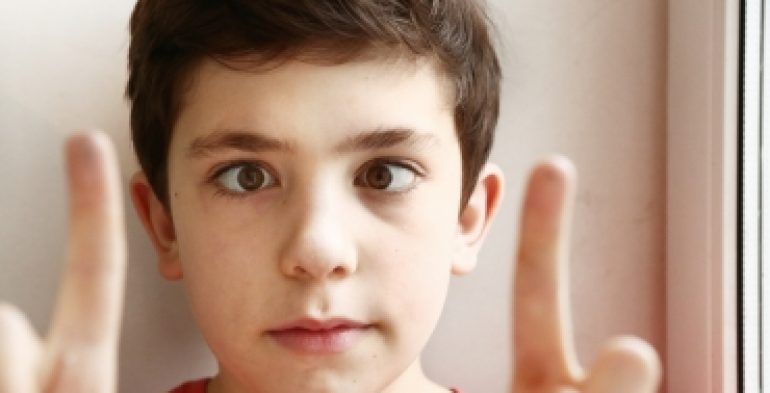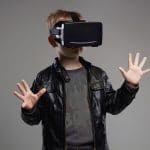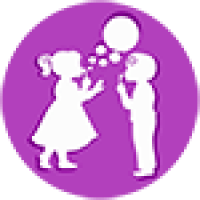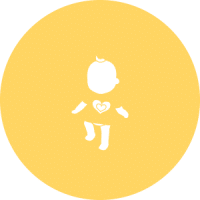
Squint (Strabismus) is when one or both eyes are misaligned and the eyes do not point in the same direction. The eyes may turn inwards (crossed eyes), outwards (wall-eyed), up and down or a combination of these.
Squint effects around 2% of children, can be present at birth or early infancy, and may be caused by a muscle imbalance or a need for glasses. It is important to diagnose a squint as early as possible. A baby or child with a suspected squint is usually referred to an orthoptist.
Various tests can be done to check a child’s vision including eye tests. Treatment may involve the use of prescription glasses, orthoptic therapy, or eye muscle surgery.
Squint surgery is a common eye operation. It involves weakening or strengthening or altering the action of one or more of the extraocular muscles which move the eye. The muscles may be recessed (to weaken), resected (to strengthen), their insertions moved (to alter their action) or less commonly altered in some other way (advanced, plicated, tucked, belly sutured permanently to the globe etc).
The operation is carried out under general anaesthetic. The operation usually takes up to 60 minutes depending on the number of muscles that need surgery.
Overall about 90% patients/parents perceive some improvement in the squint after surgery. However, there is some unpredictability in the procedure, so that the squint may not be completely corrected by the operation. Many patients require more than one operation in their lifetime. If the squint returns it may be in the same or in the opposite direction and may occur at any time.
The operation does not change visual acuity or refractive error. More patching may be needed after the operation.










